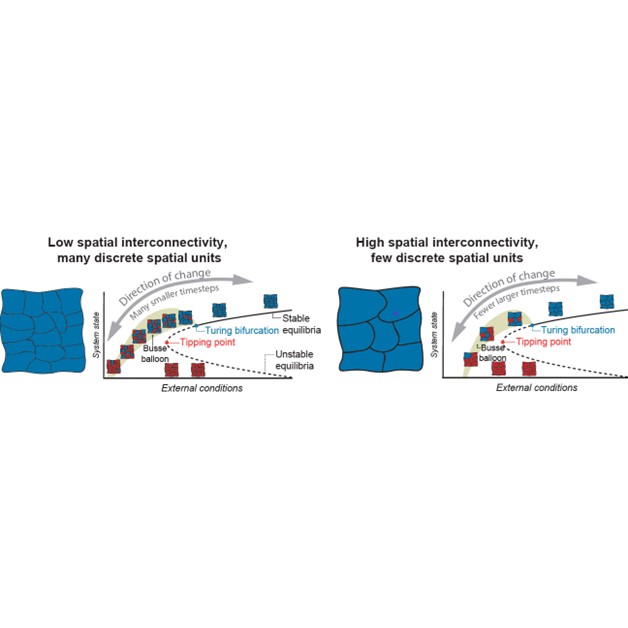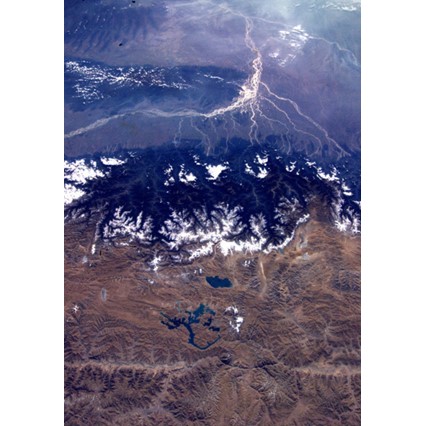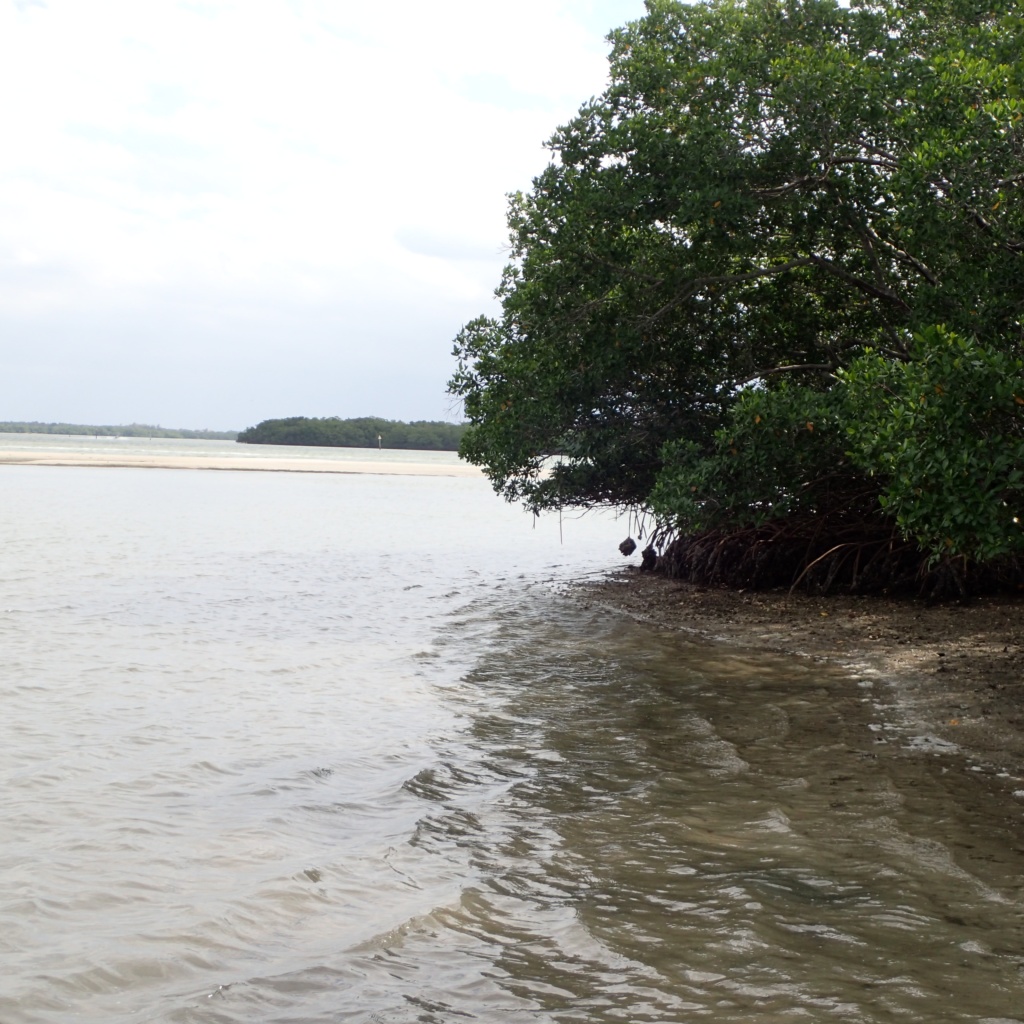Climate change forecasts for the UK suggest changes to the intensity and frequency of flooding, drought, heat and strong winds, as already evidenced by the record-breaking years observed in the UK over the past decade. At present, we do not have reliable data on the impacts of climate stresses – including extreme events – on […]
Read More
The Pantanal is the world’s largest tropical wetland and home to numerous endangered and threatened species. It is also increasingly impacted by human activities, particularly cattle ranching. In recent years, it has suffered severe wildfires and altered hydrology. The impacts of these changes on the Pantanal are understudied, yet have global significance given the wide […]
Read More
Monitoring biodiversity is a major research focus, with the current upsurge in initiatives to finance biodiversity conservation (e.g. Target 19, Kunming–Montreal CBD). Measurements must be transparent, repeatable, efficient and auditable. Accordingly, researchers have developed visual (imagery), auditory (sound recording), genetic (eDNA) and structural (LiDAR) sensing technologies for biodiversity assessments. These focus on species diversity or […]
Read More
There are myriad examples of amazing evolutionary adaptations, from the beaks of finches to antimicrobial resistance, that have been shaped by selection arising from natural processes or the effects of humans on the environment. These have been studied in detail, and can make evolutionary adaptation seem inevitable. But natural selection is not all powerful: sometimes […]
Read More
Landslides are a persistent and widespread geohazard in Indonesia, causing tens to hundreds of deaths and widespread infrastructure damage on a yearly basis (e.g. Froude and Petley 2018). Landslide triggers are multiple and complex, ranging from seismic shaking and volcanic activity to intense rainstorms. Rainfall-triggered landslides are the most frequent and widely distributed. The intense […]
Read More
The Tibetan Plateau, commonly known as the “the roof of the world”, supplies freshwater for nearly two billion people. Water storage is crucial in determining hydrologic transport and water availability but is highly sensitive to climate change. Water storage change is a critical indicator of vulnerability of the “Asian Water Tower”. Despite its importance, the […]
Read More
PhD Study: At the Global Frontier of Climate Change and Nutrient Cycling The fragile Arctic ecosystems are changing rapidly due to global warming, as glaciers retreat, they are revealing arctic soils under the process called ‘greening’. These soils store substantial amounts of organic matter and nutrients, which may become bioavailable under higher temperatures and changing […]
Read More
This is an exciting opportunity to explore deep learning (DL) methods, in combination with geophysical and hydro-mechanical models, to extract information on the stability of dams and other earthworks. The collapse of the auxiliary spillway of the Toddbrook Dam following heavy rain during summer 2019 brought significant public attention to potential hazards from failure of […]
Read More
Algal blooms in freshwaters are happening with increasing frequency due to climate change and input of nutrients. Lake ecosystems may be severely impacted by blooms, particularly the microbial food web. Many of the algae which bloom produce large quantities of photosynthetic fixed carbon which are exudated throughout their growth cycle as dissolved organic carbon (DOC), […]
Read More
There are increasing efforts to improve estimates of carbon sequestration by vegetation as this is a method of capturing and storing atmospheric carbon dioxide o reduce climate change. However, the ability to sequester carbon is affected by air quality. Tropospheric ozone is a major air pollutant that has been shown to have negative impacts on […]
Read More










